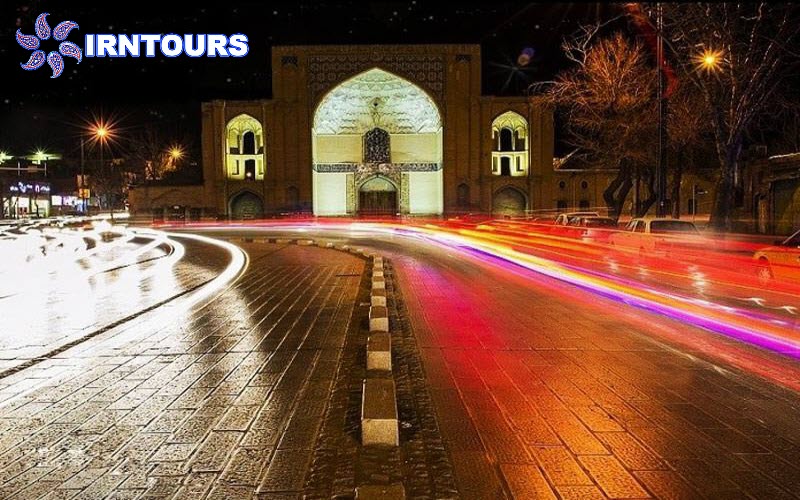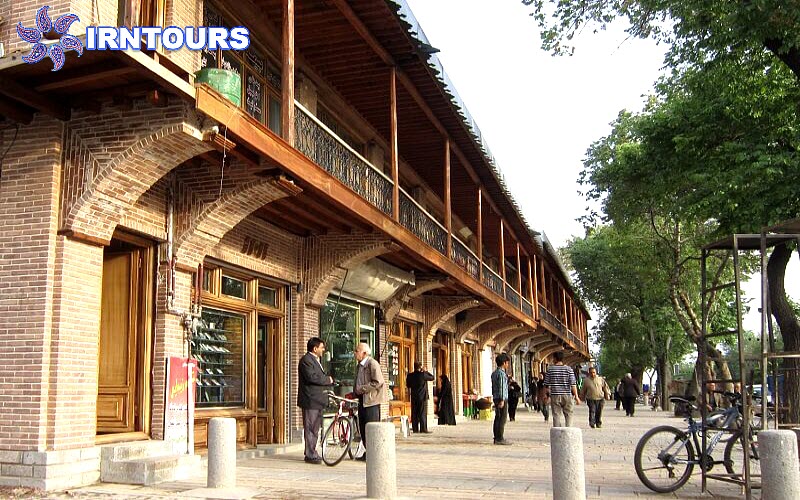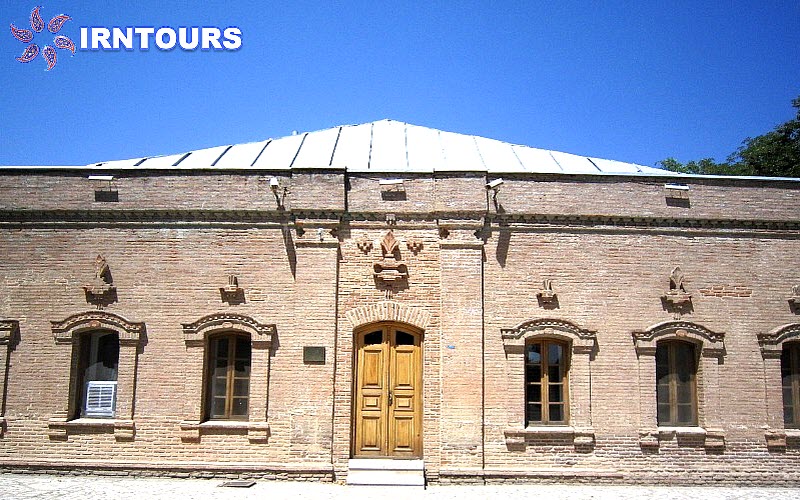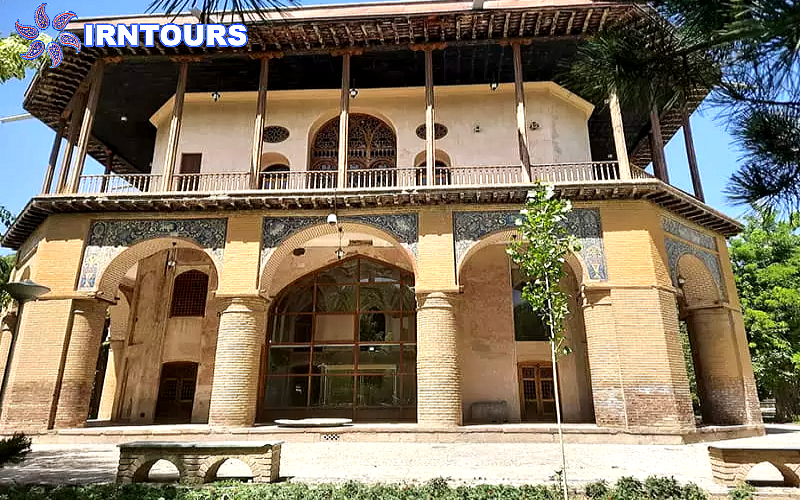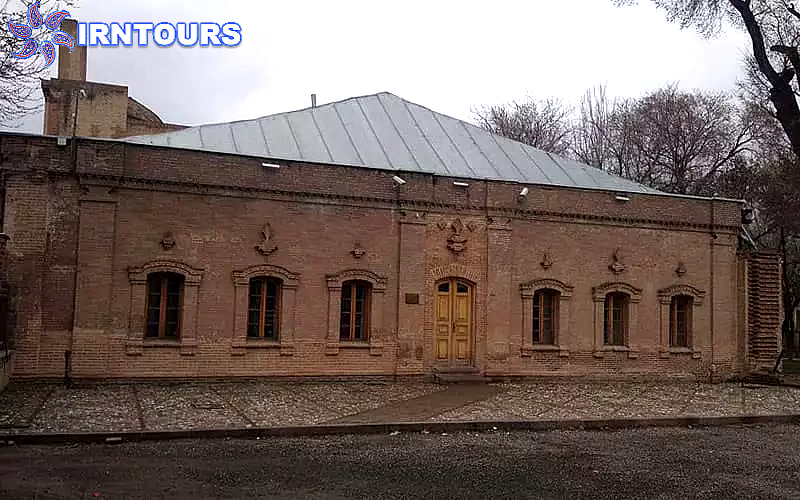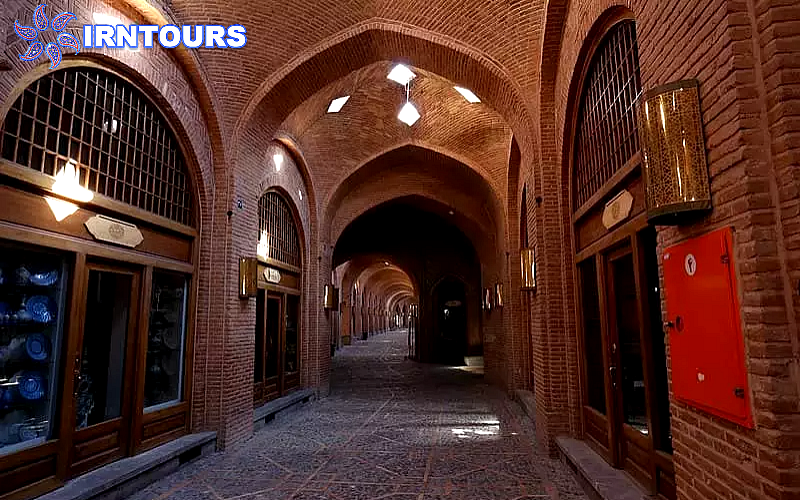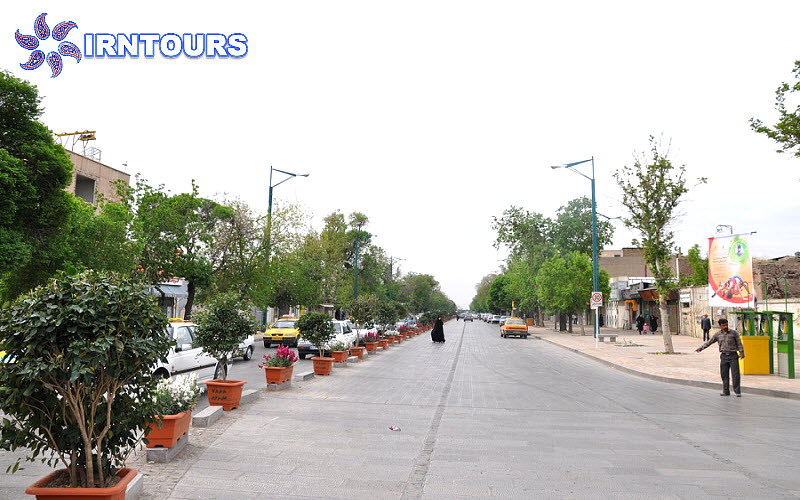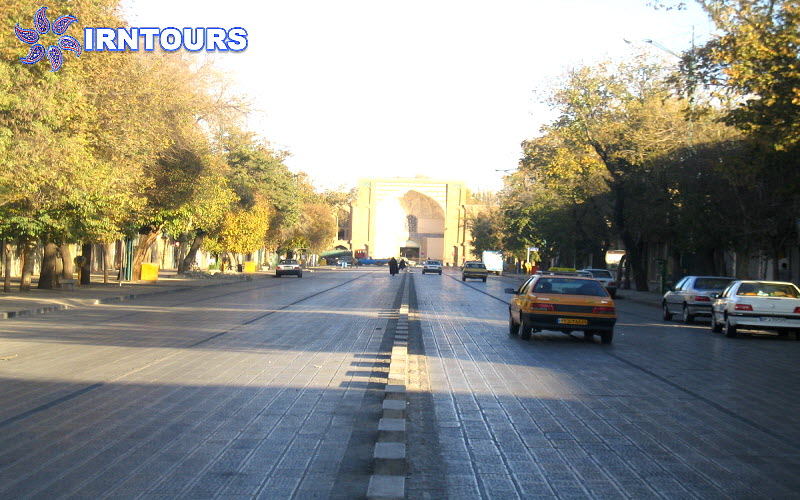

About Sepah Qazvin Street
Sepah Qazvin Street is the first designed street in Iran, which was built during the Safavid period and when Qazvin was the capital. This street, which is considered one of the sights of Qazvin, was later registered as the first modern street of Iran in the list of national monuments. Sepah Street, which at the time of its establishment had more facilities than other city streets, today has a worn-out texture. This street has many tourist attractions such as Chehelston Palace, Qazvin Bazaar, Sardar Ali Qapo, etc.
Sepah Qazvin Street is known as Shohada Street today, and it reaches Chehelston Palace and Ali Qapo Mansion from the north side. This street goes beyond Jame Atiq Mosque on the south side and leads to Salamgah Street and Rah Ray Street.
- Address: Qazvin Province, Qazvin City, Sepah St
Introducing Sepah Street
Sepah Qazvin Street, which was also known as Ali Qapu or Davalit, is the first street in Iran. Previously, urban streets and passages were created naturally. Shah Tahmasab ordered the construction of a street designed with engineering principles and techniques.
Sepah Qazvin Street is known as the first urban space that has a different nature from squares and squares or undesigned organic passages and is designed more as a direct route for commuting. During the capital period of Qazvin city, this axis extended from the place of Sardar Ali Qapu to the vicinity of Jame Mosque. In this way, Sepah Street became longer and reached Prince Hossein Salamgah. After the transfer of the capital to Isfahan, a more complete example was built in this city under the title of Chahar Bagh of Isfahan.
With the introduction of Sepah Street as the first street in Iran in 2007 and its registration in the list of national monuments, more tourists went to Qazvin to visit and stroll around this part of the city.
Over time, there were changes in the naming of urban roads; In the same way that now, to visit Sepeh Qazvin Street, you have to visit the intersection of Shahid Ansari Street and Prophete Street. Sepeh Street is marked on the map as Shahada Street.
There are shops on both sides of this street, which have a beautiful appearance with the same and old brick facade. In the southern part of this street, most of the shops operate in the field of food industry, such as a nut shop, restaurant, pizza, grill, vitamine, liver, etc. To buy clothes and jewelry, it is better to visit the northern part of Sepeh street. Undoubtedly, walking in this street and exploring the alleys of its old texture will bring you a very good feeling.
History of Sepah Street
Safavid period : Safavid Shah Tahmasab in the north of the neighborhood of the old city or Hesar Shapur, at the same time as the construction of Sepah Street, started to build Jafar Abad, which included mansions and houses on both sides of this street and Saadat Abad Garden, Dolatkhane Mansion, harem and the eastern and western gardens of the said mansions. Sepeh Qazvin Street looked so beautiful in the Safavid era that Abdi Bey compared it to heaven. Lush plantain trees on both sides of the street, streams of running water, different plant species of cypress and fir, the design of street corners and floors, etc. were the characteristics of Sepah Street.
The placement of two royal gates at the beginning and the end of Sepah Street added to its value and importance. One of the other actions of Shah Tahmasb was to create a place for people to walk and relax in this street. Sepah Street was so important in different periods of history that it was always a part of various ceremonies. For example, we can mention the moment of Mozafaruddin Shah’s arrival in Qazvin, when he was welcomed magnificently in this street. In this street, there were all the elements to build a part of the city; For this reason, its value and importance were never reduced. In addition, the Safavid kings used this street to welcome the ambassadors of foreign governments.
Qajar period : During the time of Naser al-Din Shah, by the order of the governor Saad al-Sultaneh, who later became the ruler of Qazvin, in the southern part of the street, i.e., from in front of the Jame Mosque to the current Sepah intersection, a guest house and a shophouse were built, and Sepah Street from the east of the guest house with a narrow passage to Tehran Street (now Old Tehran). made way This area of Sepeh Street is currently the location of bar vendors.
Pahlavi period : In 1928, Reza Khan made changes in Sepah Street and paved it so that the citizens could have more comfort. Sepah Street guest house and hostel were demolished in 1931 and a green field was built in its place, which remained dilapidated due to lack of water. Later, when the railway reached Qazvin and a station was built in the south of the city, they continued Sepah Street to the railway station, and in this way, Sabzeh Maidan and a part of Saad al-Sultaneh Caravanserai were destroyed.
With the expansion of urban spaces, Sepah Street is located in the southern part of Qazvin. Most of the important centers of the city are in the central and northern part of this city. However, Sepah Street is still the most important street of the city for Qazvinis and it hosts people who come from all over the city during national and religious celebrations or mourning ceremonies.
Sightseeing places on Sepah street
Valuable historical buildings such as a mosque and a reservoir have been built in the vicinity of Sepeh Street, which are worth visiting.
Omid School : Omid School is one of the relics of the Pahlavi period, which is located next to Sadar Ali Qapu. This historical structure is the first modern school in Iran, which was built in 1904.
Sheikh-ul-Islam Mosque and School : The Sheikh-ul-Islam Mosque and School is one of the historical buildings on Sepeh Street, which was built by the order of one of the Safavid Qazalbash commanders. This mansion was renovated several times during the Qajar period, and Mirza Masoud Sheikhul-Islam added other parts such as two backyards to it in one of the renovations. All the cells, except the cells in the northern part of the school, are decorated with formalization and tiling.
Qazvin Bazaar : Qazvin Bazaar, which dates back to the Safavid and Qajar eras, is made up of different parts such as Saad al-Sultaneh Palace, Minister’s Palace, Qaysarieh Palace, Haj Reza Palace, Razavi Palace and… This historical building was registered in the list of national monuments of Iran on the 5th of January 1356, and since it is still active, it is considered a great place to buy souvenirs.
Qazvin Grand Mosque : Qazvin Grand Mosque, also known as Atiq, is one of the largest and oldest mosques in Iran, which was built in 807 by the order of Harun al-Rashid. Thanks to its wonderful Iranian-Islamic architecture, this mosque is among the tourist attractions of Qazvin and the national monuments of Iran. It is open to visitors during congregational prayers.
Jame Mosque Reservoir : The reservoir of the Jame Mosque, which is located at the intersection of Maulvi and Sepeh Streets, was built by the order of one of the Safavid Shah Suleiman’s officers. There is a marble inscription in this reservoir, on which the description of the building, the year of construction and its builders are written in Nastaliq script.
Chehel Sotoon palace : Chehelston or Kolah Ferangi mansion is one of the important works of the Safavid period and the only remaining pavilion of the royal palaces of Shah Tahmasb in the middle of the 10th century AH. This two-story historical building is decorated with wall paintings, which are unique examples of Qazvin school art. This magnificent palace, which was registered in the list of national monuments of Iran in 1955, became the Qazvin calligraphy museum in 2004.


